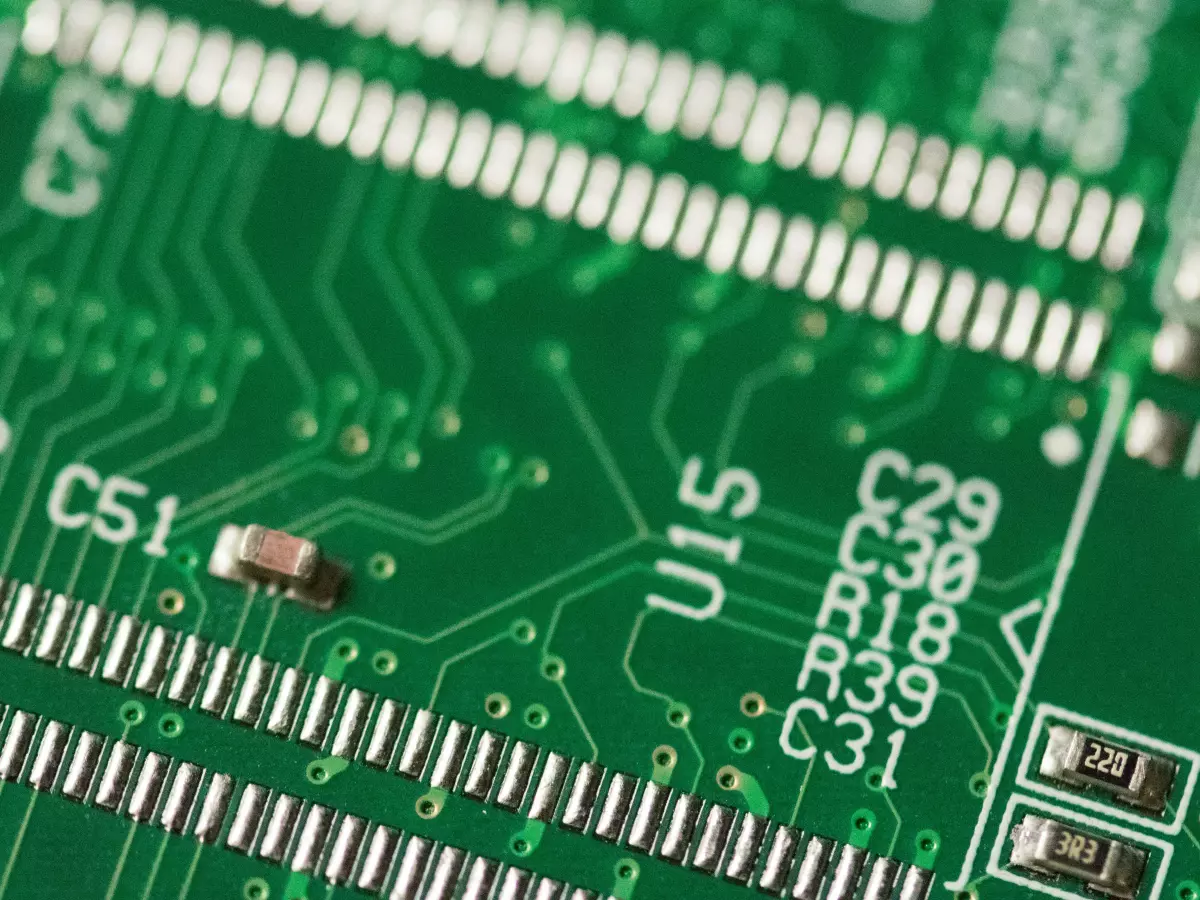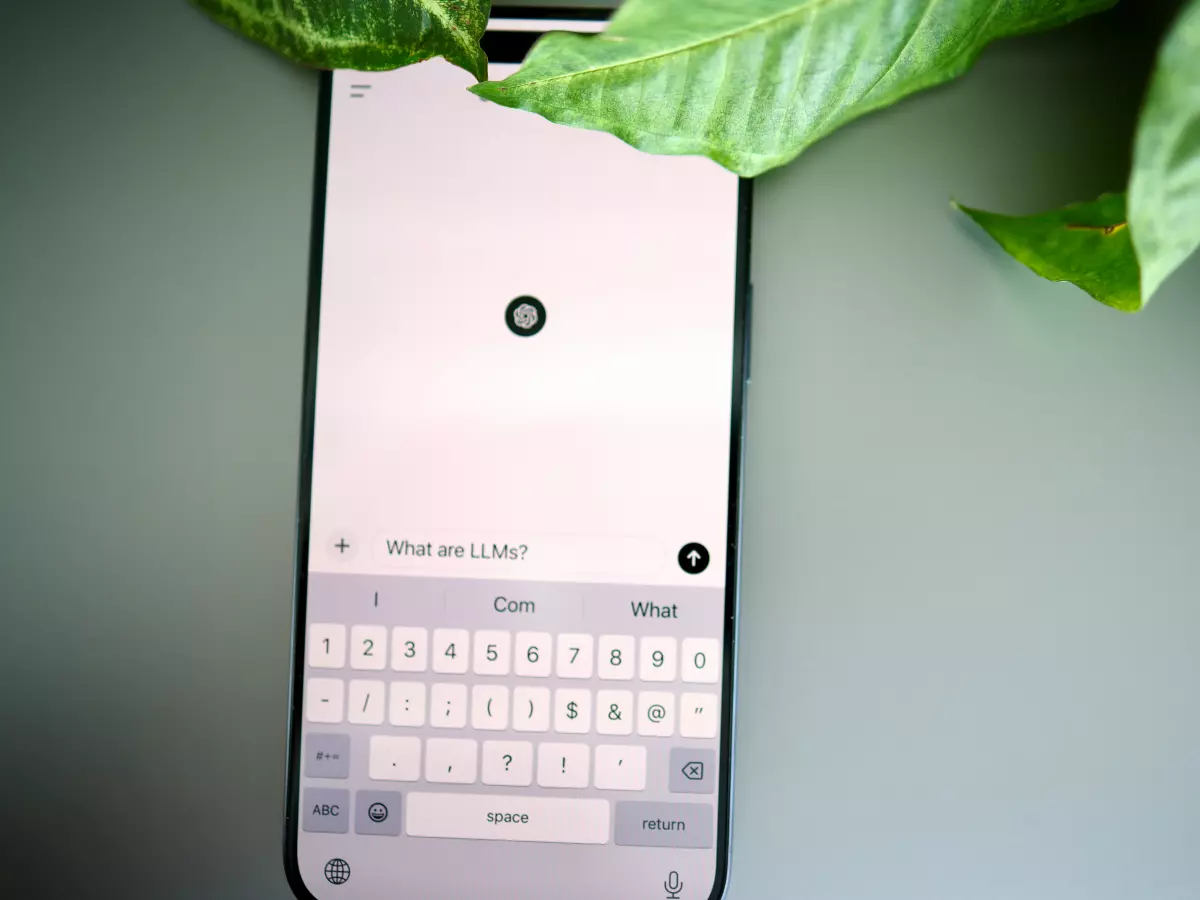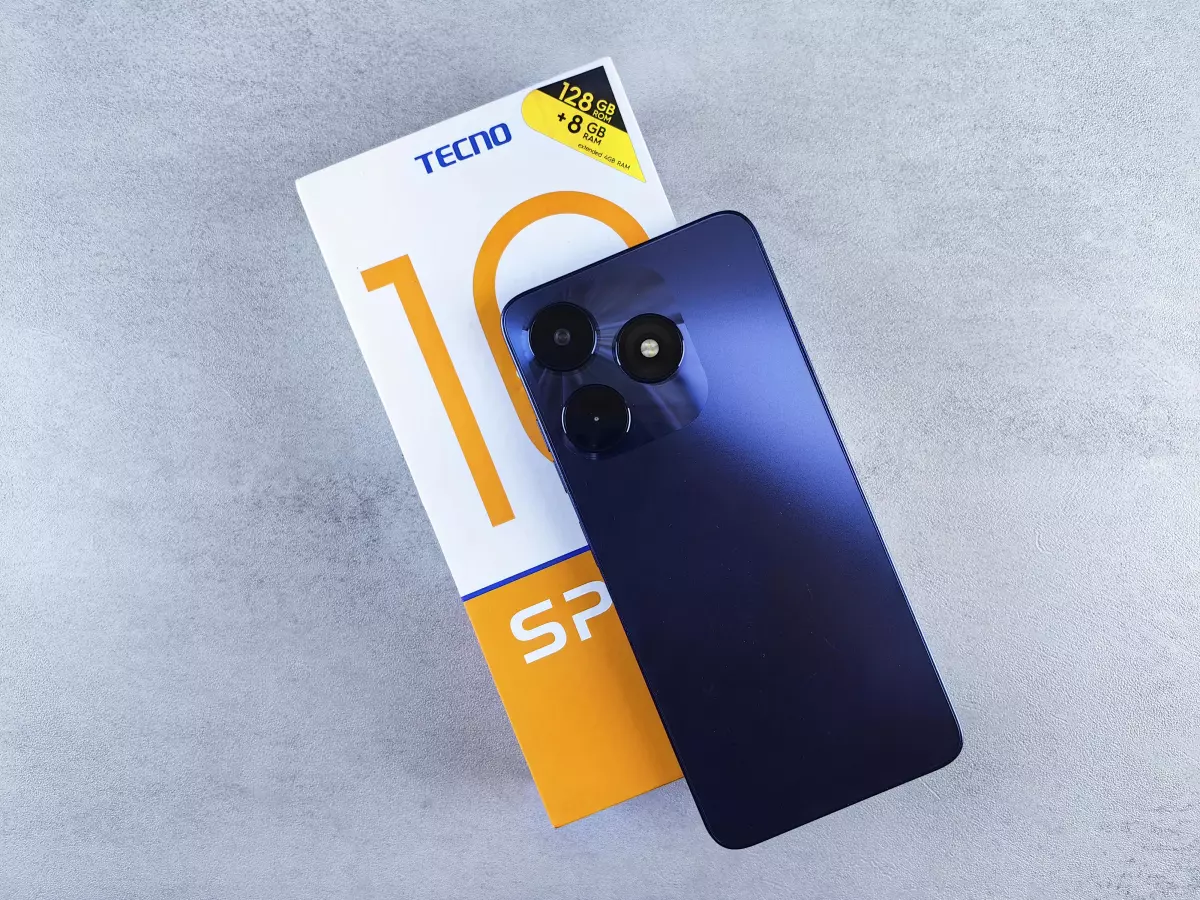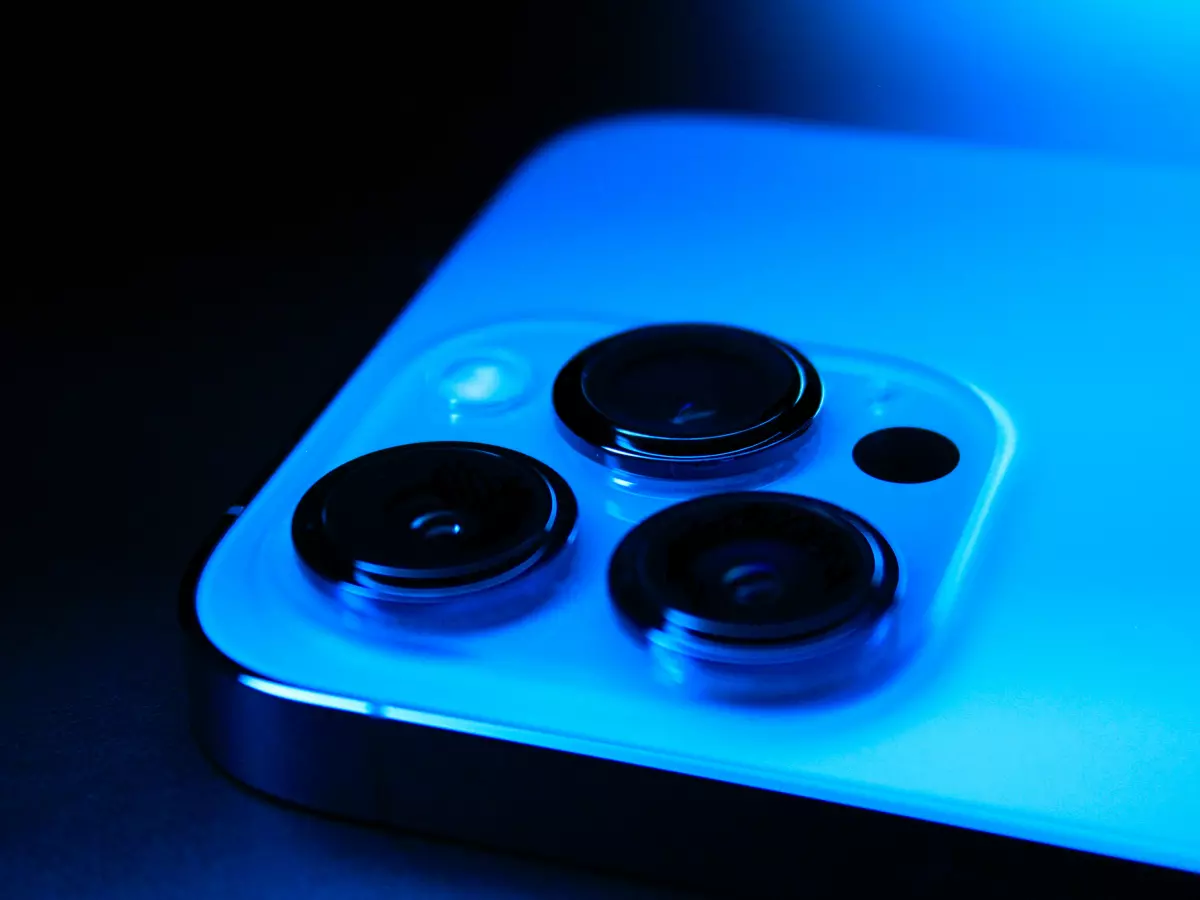Power Play
Your smartphone's power management system is like the unsung hero of your device. Sure, we all love a good battery life, but did you know that this system is doing way more than just keeping your phone alive? It's basically running the show behind the scenes, making sure your phone doesn't overheat, crash, or drain its battery in a blink. And yet, we barely talk about it!

By Kevin Lee
Let’s start with a mind-blowing stat: The average smartphone user checks their phone 96 times a day. That’s once every 10 minutes! Now, imagine what that does to your phone’s battery and overall performance. Without a solid power management system, your phone would be dead by lunch. But it’s not just about keeping your battery from draining—it’s about optimizing every single piece of hardware and software to work in harmony.
So, what exactly is this mystical power management system? In the simplest terms, it's a combination of hardware and software that controls how your phone uses energy. It’s like the conductor of an orchestra, making sure every instrument (or in this case, every component) plays its part without causing chaos. It’s responsible for balancing performance, battery life, and even heat management. And trust me, it’s doing a lot more than you think.
Battery Life: The Obvious One
Okay, let’s get the obvious out of the way. Yes, the power management system is responsible for making sure your battery lasts as long as possible. But it’s not just about dimming your screen or closing background apps. Modern smartphones use advanced algorithms to predict your usage patterns. That’s right—your phone is basically learning how you use it, and then adjusting its power consumption accordingly. If you’re the type who scrolls through TikTok for hours, your phone knows it and will optimize itself to make sure you don’t run out of juice mid-scroll.
But here’s the kicker: It’s not just about extending battery life. It’s also about making sure your phone performs at its best when you need it. Ever notice how your phone seems to slow down when your battery is low? That’s not a coincidence. The power management system is throttling performance to save energy. It’s a delicate balance between giving you the power you need and making sure your phone doesn’t die on you.
Heat Management: Keeping Cool Under Pressure
Here’s something you probably didn’t know: Your phone’s power management system is also responsible for keeping it cool. Yep, it’s not just the cooling system that’s doing the heavy lifting. The power management system monitors the temperature of your phone and adjusts the power output accordingly. If your phone starts to get too hot, it’ll dial back the performance to prevent overheating. This is especially important when you’re doing something power-intensive, like gaming or streaming video.
But it’s not just about preventing your phone from turning into a pocket-sized furnace. Heat can actually damage your phone’s components over time, so keeping things cool is crucial for the longevity of your device. The power management system is like a built-in safety net, making sure your phone doesn’t fry itself.
Performance: More Than Just Speed
Now, let’s talk about performance. You might think that the faster your phone runs, the better, right? Well, not exactly. Your phone’s power management system is constantly making trade-offs between performance and energy consumption. It’s like a tug-of-war between speed and battery life. If you’re just browsing the web or checking your email, your phone doesn’t need to be running at full throttle. The power management system knows this and will scale back the performance to save energy.
On the flip side, if you’re playing a graphics-heavy game or editing a video, your phone will ramp up the performance to make sure everything runs smoothly. It’s all about giving you the power you need when you need it, without wasting energy when you don’t.
Software Optimization: The Secret Sauce
Here’s where things get really interesting. The power management system isn’t just about hardware—it’s also deeply integrated with your phone’s software. Your operating system (whether it’s Android or iOS) plays a huge role in how your phone manages power. In fact, a lot of the power-saving features you see in your phone’s settings are actually just the tip of the iceberg.
For example, both Android and iOS have built-in power-saving modes that limit background activity, reduce screen brightness, and even slow down the processor to save energy. But what you don’t see is the complex algorithms working behind the scenes to make sure your phone is using power as efficiently as possible. It’s like having a personal assistant who’s constantly tweaking things to make sure everything runs smoothly.
What’s Next for Power Management?
So, where do we go from here? Well, as smartphones continue to get more powerful, the need for better power management systems is only going to grow. We’re already seeing advancements in AI-driven power management, where your phone can predict what you’re going to do next and adjust its power usage accordingly. Imagine a phone that knows you’re about to start gaming and preemptively boosts its performance, or one that learns your daily routine and optimizes its battery life based on your habits.
And let’s not forget about the rise of 5G. With faster data speeds comes higher power consumption, so the power management systems of the future will need to be even smarter to keep up. We’re talking about phones that can dynamically adjust their power usage based on network conditions, app usage, and even your location.
In short, the power management system is only going to become more important as our phones continue to evolve. It’s not just about saving battery life—it’s about making sure your phone runs efficiently, stays cool, and performs at its best, no matter what you’re doing.
So, the next time you’re scrolling through Instagram or crushing it in a mobile game, take a moment to appreciate the unsung hero that’s making it all possible: your phone’s power management system.





